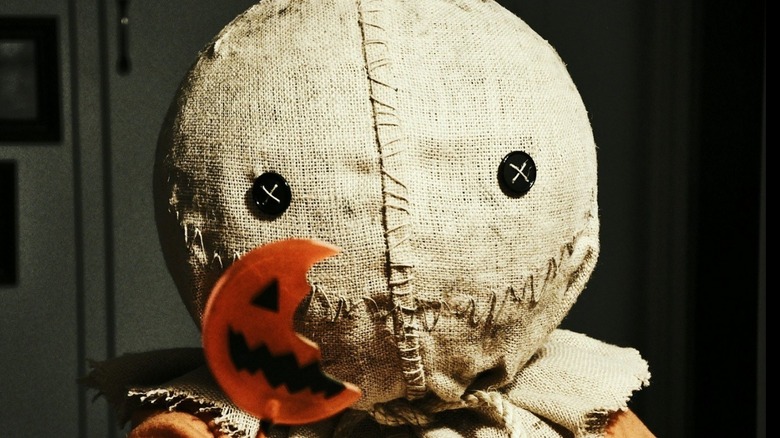
In these days of abundant sequels and prequels, it's rare when a horror movie is not part of a franchise, but there are films that break the mold. In some cases, the movie promised a sequel that never came. In others, the follow-up was either canceled or wasn't viable due to the original's poor box office receipts for the original. Sometimes, sequels end languishing in development hell, trapped in a maze of convoluted arguments over rights. In a few cases, there's no sequel because there's no way there could be -- the full story is well and truly told in a single installment, or ended with apocalyptic event that could never be followed up on.
For better or for worse, here 14 choice horror movies that stand proudly alone. Each one is an excellent film in its own right, with nary a "To be continued..." among them -- as much as, in some cases, we might wish otherwise.
Killer Klowns From Outer Space
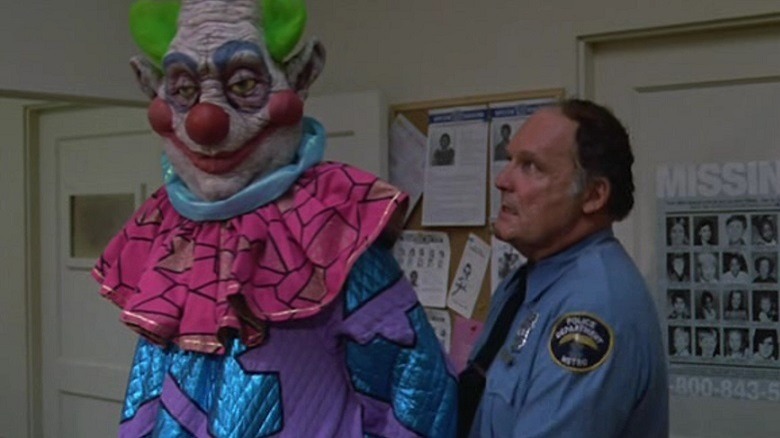
The original TV mini-series of Stephen King's "It" is often blamed for giving a generation an irrational fear of clowns. However, I'd posit that "Killer Klowns from Outer Space" is far guiltier of generating coulrophobes. "It" only features a single grease-painted ghoul, whereas "Killer Klowns from Outer Space" has a whole host of rampaging, red-nosed recidivists.
Encountering a strange tent on the site of a fallen comet, two teenagers realize that the town has been invaded by aliens who resemble circus clowns. There's not a single thing associated with clownery that these genocidal jesters won't exploit to kill the townsfolk: acidic custard pies, terrifying shadow puppetry, and popcorn that tries to eat you are just some of their devious delights.
"Killer Klowns from Outer Space" is a cult classic for good reason, taking a preposterous premise to its ridiculous extreme. With a soundtrack by John Massari that's as good as anything unfolding on screen, it's a perfect example of '80s comedy-horror. A sequel was touted straight after the release of the movie, but it's been languishing in development hell since, with proposed SyFy and Netflix follow-ups never getting past the drawing board. Perhaps it's for the best -- any sequel would have big shoes to fill.
Nightbreed
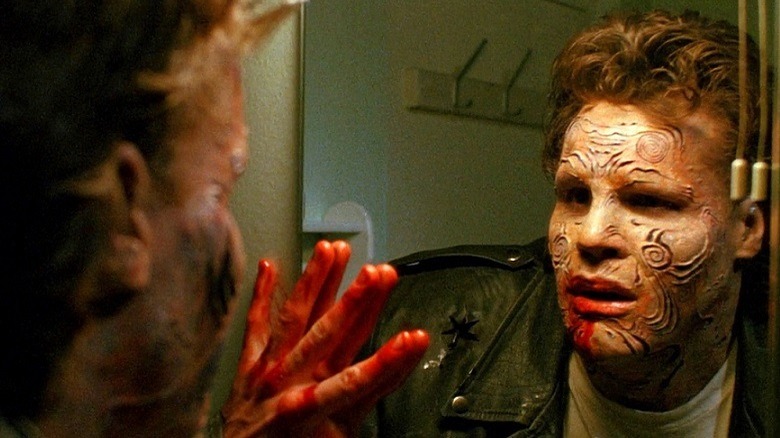
Boone, haunted by nightmares of a labyrinthine domain of monsters, seeks psychiatric help. Little does he know that the place in his dreams is real, and that his psychiatrist is a psychopathic murderer. Both men, for their own reasons, will stumble into the realm of the Nightbreed, monsters shunned by humanity who seek refuge amongst their own kind.
This adaption of Clive Barker's novel "Cabal" suffered from a studio that struggled with what to do with this unusual property. The message in the movie is unmistakable: Humans are the true monsters, and the Nightbreed are the sympathetic characters. However, writer-director Barker struggled to convey that message to the powers that be, making for a muddled and confusing marketing campaign and release. Audiences went in expecting a violent slasher, and were presented with an excellent yet flawed film about a town of monsters.
Originally planned as part of a trilogy, lackluster box office results put an end to the project. A two-part graphic novel -- a crossover between Clive Barker's Nightbreed and Hellraiser properties -- saw the light in 1990, but, despite the film's last act strongly hinting that it was the first of a series, a sequel never happened. Progress was made on a "Nightbreed" TV series but, like the elusive monsters themselves, it's gone into hiding.
Se7en
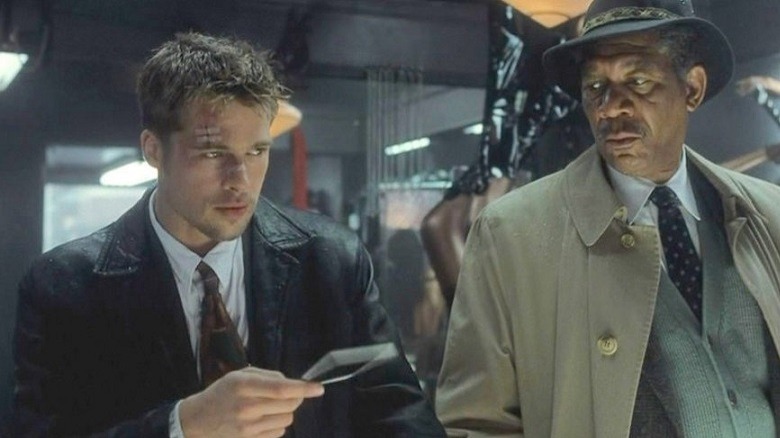
A retiring police detective on his final case (never a promising sign) teams up with a newly transferred detective. Following a series of gruesome murders, they're tasked with investigating a serial killer who is targeting people who he believes represent one of the seven deadly sins. Thus, the scene is set for one of the most successful breakthrough films of the mid-'90s.
Purists might argue about whether or not "Se7en" is horror at all, but I stand steadfastly by that definition -- the sloth scene alone is a masterpiece in horror film direction. "Se7en" is a nihilistic and bleak psychological thriller that made a huge impact both critically and commercially upon its release in 1995, and spawned a myriad of dark and gritty copycats.
Because of that success, New Line Cinema repurposed an existing script called "Solace" and tried to retrofit it into a "Se7en" sequel focusing on Morgan Freeman's character, who would've suddenly had psychic powers. Eventually, that plan was scrapped, and "Solace" was made and released without any connection to Fincher's thriller (unfortunately, it is still not very good).
Trick 'R Treat
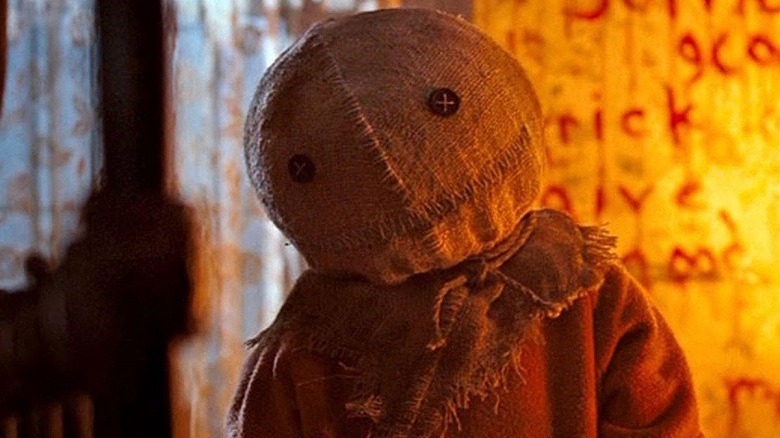
Horror anthologies are commonplace now, but they're all too often a means by which to disguise an uninspiring script -- the stories are short, and the audiences' memories often are, too. That said, there are some real gems amongst the format ("Creepshow" and "Dead of Night," to name two), not least of which is this 2007 horror-comedy anthology.
With five tales all themed around Halloween, "Trick 'r Treat" has become as essential seasonal viewing as John Carpenter's classic proto-slasher. It also created an instant horror icon in Sam, the creepy pajama-clad trick-or-treater who hides behind a burlap sack. It offers tales about serial killers, werewolves, pranks gone too far, and what really happens if you blow out a jack o' lantern before midnight. It's everything the season should typify: good, scary, peering-out-between-your-fingers fun.
Given the resounding critical reaction to the movie despite the lack of a wide release ("Trick 'r Treat" only played at film festivals and one-off events), it seemed inevitable that there would be a sequel. Talk of one began back as early as 2009, but nothing has surfaced as of yet. Hopefully, Sam will one day get the chance to go trick-or-treating again.
The Cabin In The Woods
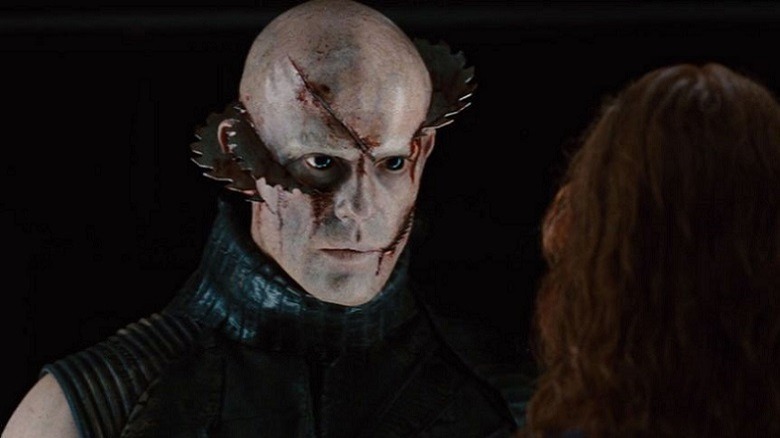
"Wes Craven's New Nightmare" wasn't the first meta horror film, but it was certainly one of the most successful. Its vein of clever self-parody and self-awareness continued with "Scream," before "The Cabin in the Woods" picked up the baton and took off with it.
At first glance, the plot is an over-familiar cliché: Five friends travel to a remote cabin for a break and end up unleashing great horrors, forcing them to fight for their lives. It's dull on paper, but there's more to "The Cabin in the Woods" than it seems at first, and the end result is a subversive and wry look at both the horror genre and our expectations for it.
Coupled with savvy marketing, which led viewers to think that the trailers had given away most of the plot only to subject them to a majestic rug pull at the end of the first act, "The Cabin in the Woods" is a smart and multi-layered piece of filmmaking, one that might alter the way you digest other horror films. It's also refreshing to see a big studio release that isn't set up to be the tentpole for another franchise, given the movie's satisfactory and completely unambiguous conclusion.
Tucker And Dale Versus Evil
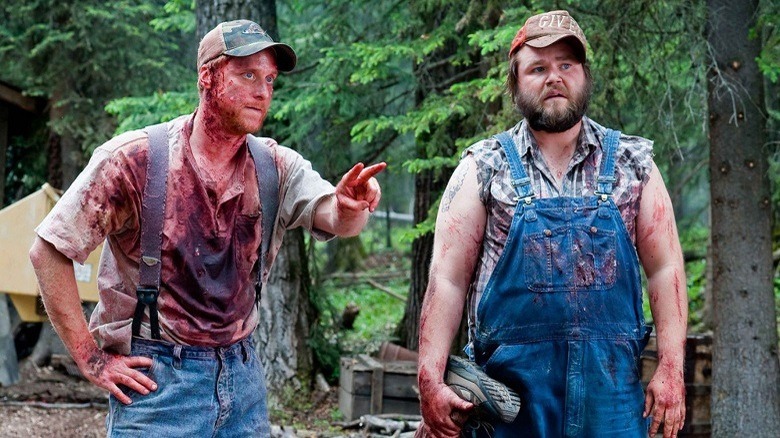
Murderous hillbillies living in the woods was a hot topic back in the '70s (see films like "Deliverance" and "The Hills have Eyes" for examples) -- and also, therefore, a common trope in a glut of recent remakes -- but "Tucker and Dale" takes that exhausted cliché and turns it on its head, revitalizing it in the process.
See, the eponymous characters are simply two friends who are just trying to live a quiet life while they work on their rickety mountain home. However, their tranquility is interrupted by vacationing college kids who somehow mistake them for murderous backwoodsmen. As confusion grows, the death toll rises.
A spoof lives or dies on the strength of its characters. Thankfully, Tucker and Dale are both flawless. Naïve, hapless, and yet adorable, Alan Tudyk and Tyler Labine are perfectly cast, serving as a modern-day Abbot and Costello. Much like the aforementioned Hollywood stars, it would have been wonderful to see these ill-fated characters face more horrific situations in spin-off movies. Sadly, the potential of a sequel seems to have been fed through Tucker and Dale's woodchipper, as a proposed script was abandoned many years back. Hopefully, in some form, we'll see Tucker and Dale again.
Berberian Sound Studio
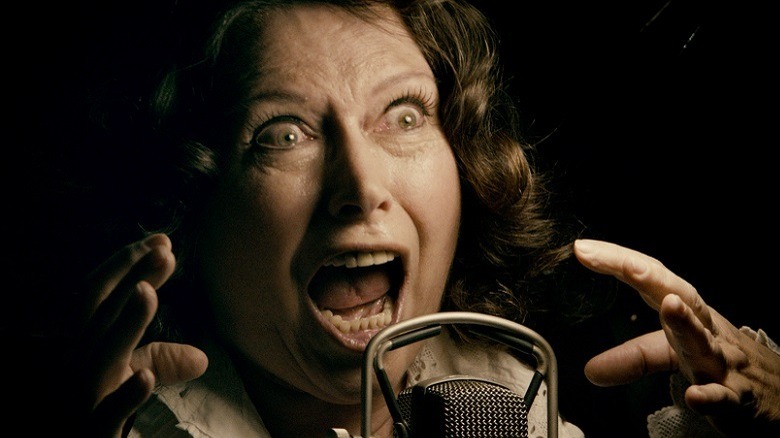
"Berberian Sound Studio," writer-director Peter Strickland's love letter to the unsung heroes of the silver screen and Italian giallo, relates the tale of Gilderoy (Toby Jones), a meek sound engineer who is hired by an Italian film studio to work on a film that he believes to be about horses, but is actually a horror movie called "Equestrian Vortex." While working his audio magic on footage of gory torture sequences, Gilderoy begins to feel more and more disconnected from reality, his sanity as pliable as the soundscapes he works with.
Peter Strickland is a far from conventional director, and, appropriately for a film whose primary narrative motif is the power of sound, much of the horror in "Berberian Sound Studio" is either implied or masked by flickering, blurred images. The real terror comes from the dubbed screams of increasingly frustrated and tormented session actors, or through the work of Gilderoy and his bored and unhelpful Foley assistants.
Like anything from Strickland's filmography, "Berberian Sound Studio" is a powerful, distinctive, and memorable piece of cinema that will linger long after the ambiguous final shot -- which is good, because while there's been a stage adaptation, no sequel seems to be forthcoming.
Zombeavers
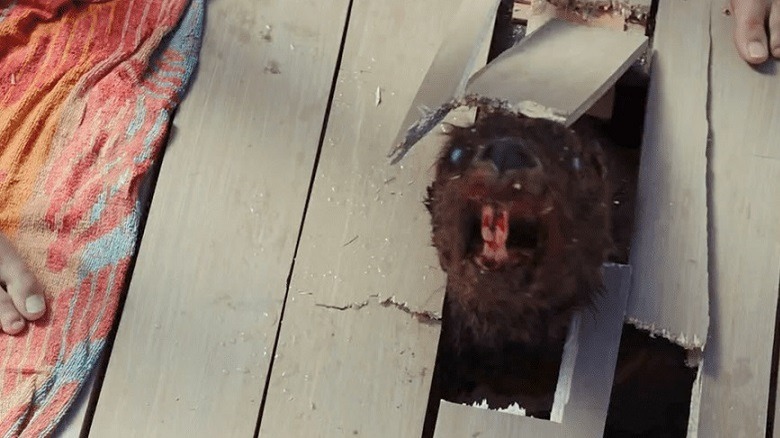
Featuring beavers that put the "B" in "B-movie," this tale of undead, semi-aquatic Castor canadensis is as silly and as lowbrow as they come, but is delivered in such an earnest and affectionate style that it's hard not to be won over. A group of college-aged kids stay at a riverside cabin, which soon comes under attack from a family of deadly zombie beavers. What should have been a decadent weekend break ends up as a desperate struggle for survival against wave after wave of fanged dam fanatics.
It's a joy to encounter a film that is unashamedly proud of itself and its heritage. Despite a Troma-level budget, "Zombeavers" is reminiscent of Peter Jackson's earlier works -- ambitious, funny, not afraid to parody bigger-budget movies, and as entertaining to watch as it must have been to make. The end credit theme, a song retelling the events of the film delivered like a Frank Sinatra crooner, makes it worth watching on its own. A post-credits sequence hints at a literal B-movie sequel -- you'll have to see it to understand -- but it doesn't look like one was ever actually considered.
It Follows
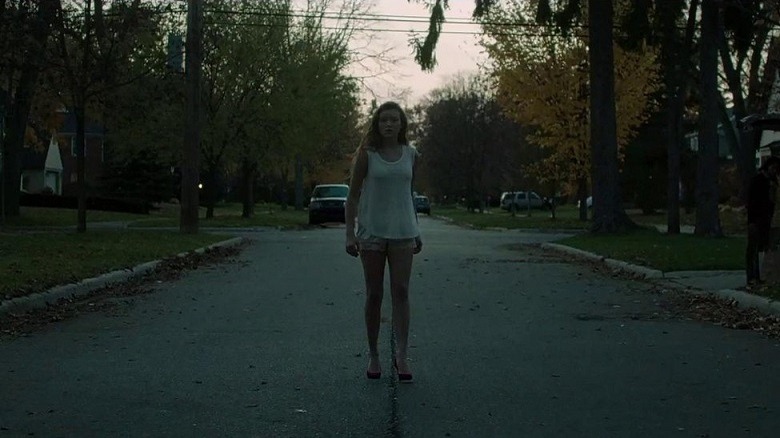
"It Follows" appeared during a terrific time for clever and thought-provoking horror, and much like its peers, "The Babadook" and "The Witch," has an original take on a tired premise. Like the Final Destination series neatly removed the slasher from the slasher format, "It Follows" pits a group of teenagers against a non-conventional and more existential threat -- in this case, a murderous sexually-transmitted disease.
Heroine Jay finds, after sleeping with her new boyfriend, that he has deliberately given her a deadly curse passed on by sexual intercourse. Death is inexorably approaching, and will work its way backwards through its victims. Only by sleeping with someone else can Jay pass the affliction on and buy herself some time.
Atmospheric and tense with some wonderfully effective jump scares -- even for this writer, who isn't a typically fan of that lazy technique -- "It Follows" is a somber piece with a deliberately ambiguous ending. Like actual mortality, there is no stopping the curse. It can only be delayed. As such, a satisfactory resolution is impossible -- the closest you'll get is seeing the characters resign themselves to inevitability. That's hardly franchise material, and while there's been some interest in a sequel, nothing has come of it yet.
Bone Tomahawk
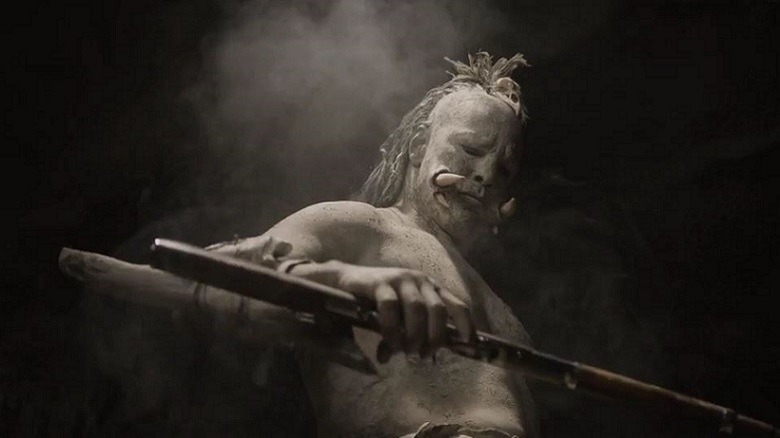
When a pair of drifters trespass on a hidden burial site in the late 19th century, they provoke the wrath of a Native American tribe. One man is killed, but the other flees to the nearby frontier town of Bright Hope. When the tribe kidnaps both the escapee and the town doctor's assistant, the local sheriff is forced to lead an unlikely posse across the wilderness to retrieve them.
The directorial debut of S. Craig Zahler ("Brawl in Cell Block 99," "Dragged Across Concrete") is a confident masterclass in filmmaking; "Bone Tomahawk" has a wonderfully convincing sense of time and place, a cast of enigmatic and interesting characters, dialogue that absolutely sings, and an excellent sense of pace. Top this with a career-best performance from Kurt Russell, who plays a jaded and cynical sheriff, and you've got one of the single-best genre films made in the last decade.
"Bone Tomahawk" spans genres effortlessly, being both a stand-out Western and a superb horror film. The scary moments, though few and far between, are visceral and grounded, but it's that documentary-style realism that makes certain shots from this one-and-done adventure linger in the consciousness far longer than you'd comfortably like.
A Dark Song
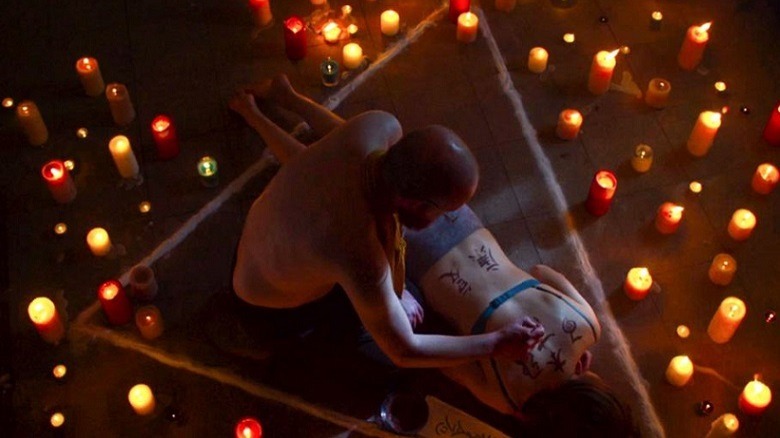
Sophia is a grieving mother, having witnessed the death of her only child. Despairing, she seeks solace in the arms of the supernatural. Having rented a remote house in rural Wales, she's hired the services of a magician named Solomon to perform a complex and lengthy ritual to allow her to communicate with her dead offspring.
"A Dark Song" is as much a character study as it is a horror story, a tale of two desperate, disparate, and damaged personalities trapped in a house with one another. Sophia is bitter and justifiably angry at her loss, and Solomon is jaded, sardonic, and controlling. The film takes a clinical approach to the ritual itself, with its scientific complexities and rules, and it's this matter-of-fact approach to magic that makes the film quite unique. There is always a price to pay for altering the natural scheme of things, and "A Dark Song" hammers this theme home repeatedly.
Like many other entries on this list, "A Dark Song" is far from a traditional horror movie, being a complex and thought-provoking examination of faith and loss held together by performances from two leads at the very top of their acting game.
The Autopsy Of Jane Doe
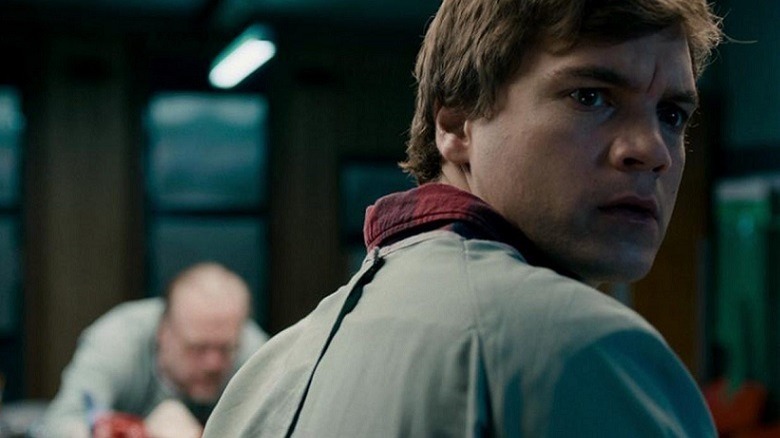
The corpse of an unidentified young woman is brought to a coroner's office by the sheriff, who claims that he needs to know her identity by next morning. The father and son team who run the morgue decide to work through the night on the autopsy, attempting to unravel the mysteries behind both the girl's life and her eventual death.
"The Autopsy of Jane Doe" is a slow-burn and is all the more effective for it. Set in the already unnerving confines of an autopsy room, it's elevated by the wonderful performances of the two leads, Emile Hirsch and the always-reliable Brian Cox.
There's a complex backstory at work, but the autopsy is an interesting means of delivering exposition -- Jane Doe's body is a literal puzzle, and we get each piece at the same time as the main characters. There's a horrible inevitability too, as the plot moves on and you just know that it is not going to end well. A detailed mythology underpins the story, and could easily be explored in other movies -- however, despite the open ending, "The Autopsy of Jane Doe" remains a standalone film.
Climax
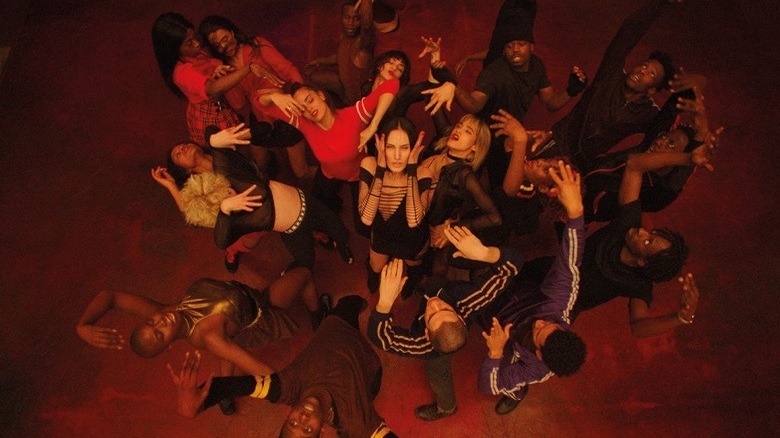
"Climax" is set in a snowed-in community center in the late '90s, where a dance troupe is celebrating a successful rehearsal the night before their American tour begins. We've barely been introduced to the diverse cast of dancers when somebody spikes the punch bowl with powerful hallucinogens, and the rest of the evening plays out like "Dante's Inferno" with a soundtrack of club classics -- a literal disco inferno, if you will.
Director-writer Gasper Noé is no stranger to controversy, having directed 2002's "Irreversible," a landmark piece of New French Extremity cinema. In "Climax," he's no less shocking, catapulting his cast of beautiful young people into the worst drug trip imaginable. As hell erupts in the various rooms of the center, Noé keeps bringing us back to the central dance floor. Every new visit shows that it has plunged deeper into chaos, the lighting and soundtrack keeping track of how far everyone has fallen. In a film full of violence and sadism, it's appropriate that almost every scene is also an assault on the senses.
"Climax" is far from conventional -- the end credits roll at the start, the opening credits don't begin until halfway into the movie, and the first shot offers a clue as to how it'll all end -- and there's a dreaded irrevocability to it. We're just along for the ride.
Brightburn
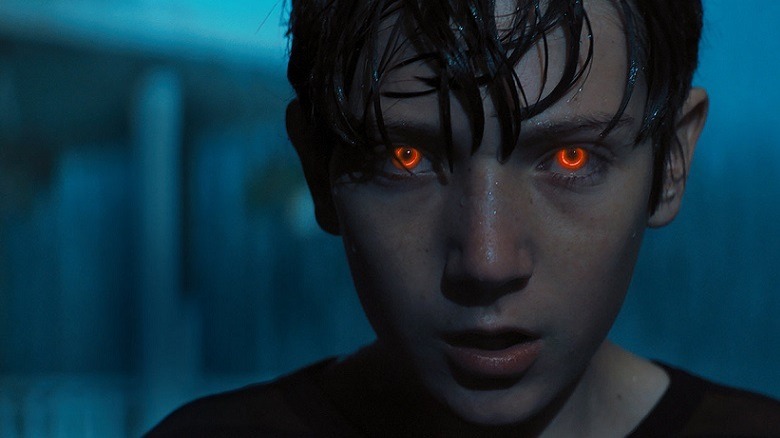
Superhero movies and horror had met before in projects like "Blade" and "Darkman," but the mash-up has never been as on-the-nose as it is in this Superman parody. "What if Superman was evil?" is a far from original concept, having already been richly mined in comics, TV, and video games (check out "Injustice" or Amazon's one-two punch of "Invincible" and "The Boys" for more), but "Brightburn" was the first real attempt to tell that kind of story on the big screen.
After struggling to have a child, a couple's dreams of parenthood come true when a craft carrying a baby crash-lands on their farm. They raise the infant as their own, and it's only when young Brandon hits puberty that his powers -- and true nature -- manifest. In Brandon's case, with great powers comes great reprehensibility, and "Brightburn" becomes an original yet grisly take on the slasher genre. How do you chastise an invulnerable child with a superiority complex?
No superhero movie is complete without the obligatory mid-credit sequence, and "Brightburn" is no exception, both hinting at a sequel that hasn't come (although there are plans), as well as implying that the film takes place in the same universe as another violent superhero movie from producer James Gunn, the Rainn Wilson-starring "Super" from 2010.
Read this next: Every Peter Jackson Film Ranked From Worst To Best
The post 14 Awesome Horror Movies That Never Got Sequels appeared first on /Film.
0 Commentaires